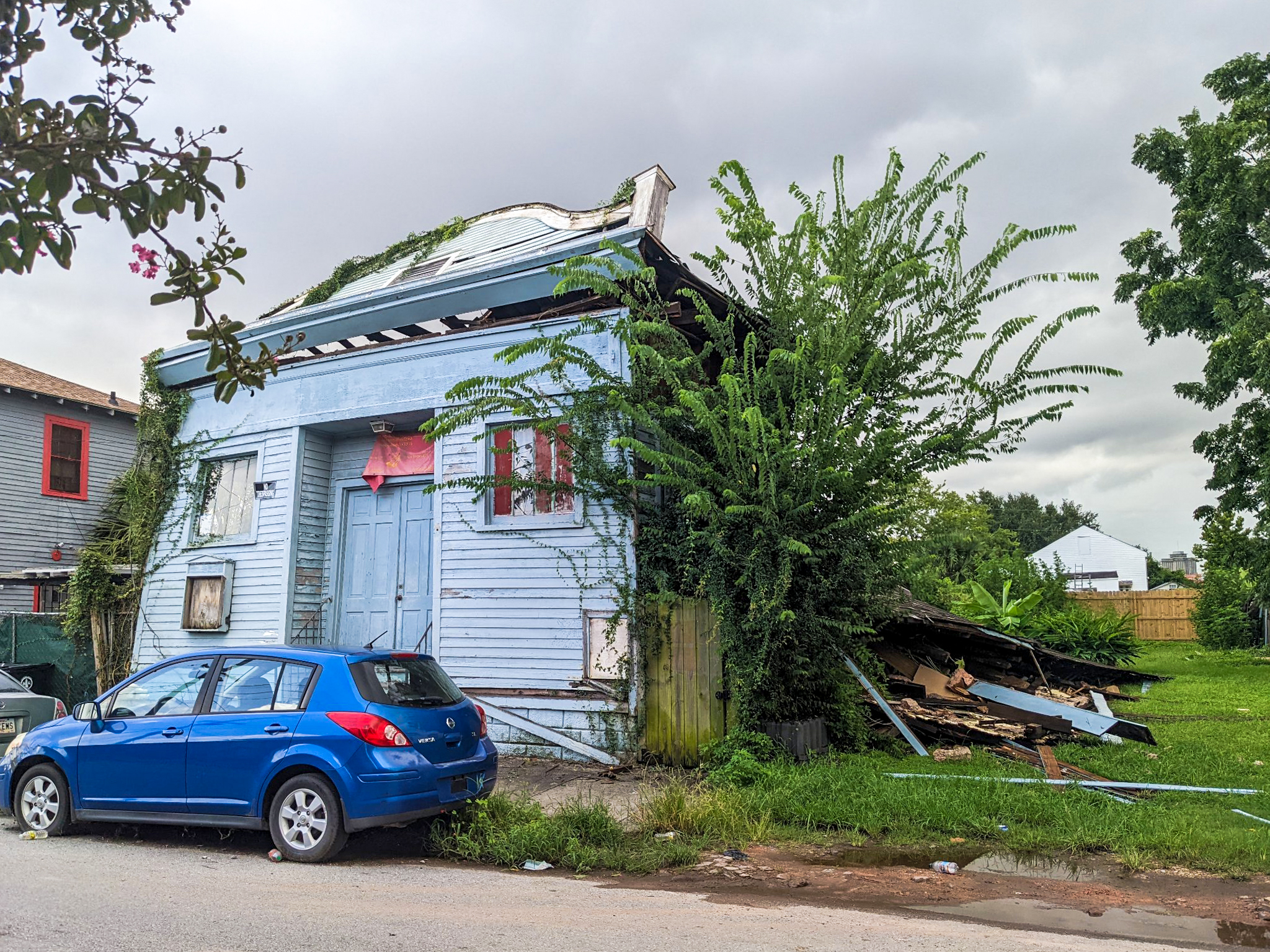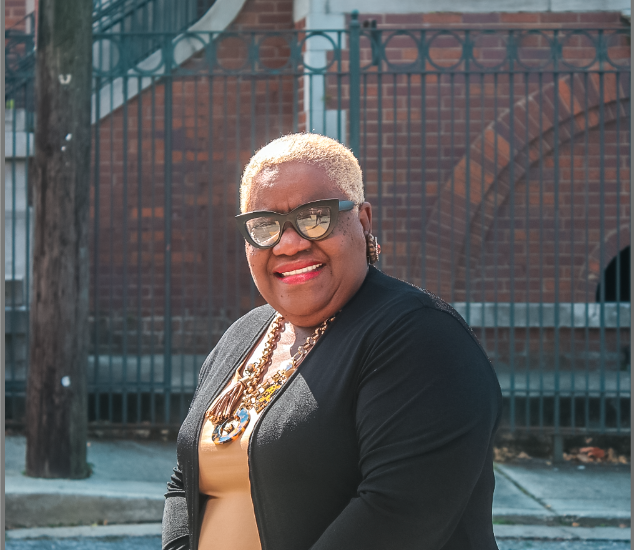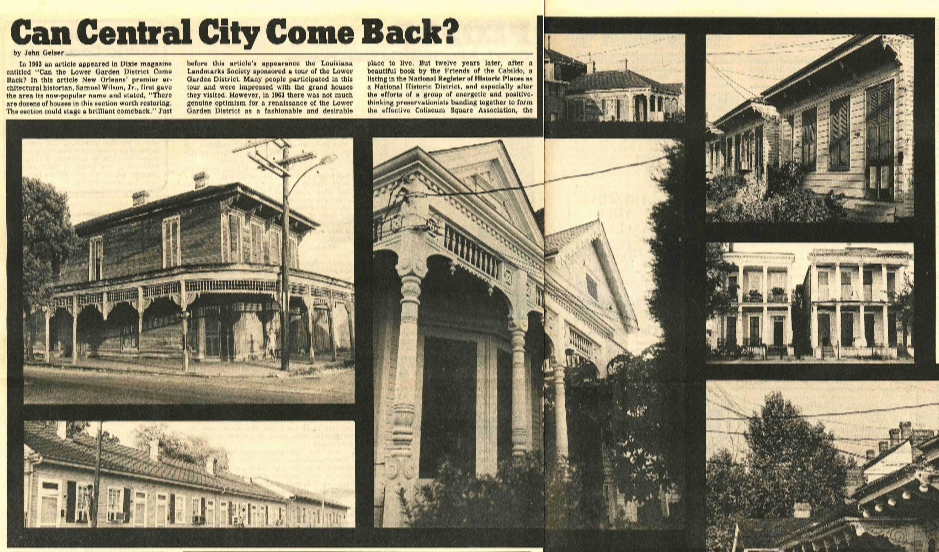Click here to read the original blog post on PlacePromo from June 15, 2012.
Blog post by Isaac D. Kremer, an expert in economic development and historic preservation. He has worked with businesses, building owners, non-profits, and government on a diverse range of projects from grant writing, to preservation planning, and conducting research on historic places. Kremer holds a Masters degree in Historic Preservation from Cornell University. He recently relocated along with his family to Austin, Texas, where he works for the largest non-profit historic preservation organization at the local level there.
Upon receiving my membership renewal confirmation from the Preservation Resource Center of New Orleans recently, I briefly paused and reflected on why it is important for someone like me – a guy from Michigan who lives in Texas – to support this important organization. The PRC has been on the leading edge of preservation advocacy efforts in New Orleans since its founding in 1974. To-date the organization has restored nearly 1,400 properties and touched the lives of countless thousands of people. The historical and cultural inheritance of New Orleans that the PRC protects is one of the finest concentrations of historic architecture in the United States, if not the world. Due at least in part to the French ties from its earliest settlement, New Orleans feels more European than it does American. There are so many features to extol there from the historic architecture as I’ve already mentioned, to distinctive neighborhoods, a vibrant and active cultural life, and a uniqueness and quality of place to challenge nearly any other place around. Period.
What makes my connection with this place particularly strong is that I visited for the first time during one of the most challenging but also proudest moments. Shortly after Hurricane Katrina and Rita struck, I was given an opportunity to serve as an emergency relief contractor for FEMA. After arriving in early 2006, there was a one-week waiting period until my security clearance went through. Once staying at a hotel in Baton Rouge for my first night with many of those who had been displaced, I resolved rather than sitting still in one place for a week that it would be best for me to get out and see the area. That led to my visit to New Orleans for the first time. I remember approaching in the early morning hours. As I crossed the causeway heading into New Orleans the rising sun filled the sky with a beautiful hue.
Once there I tried to get my bearings. One of my first and most urgent tasks was to find lodging that was affordable with my government stipend of about $150 a night. After a dozen attempts, I finally found something through the Degas House. It was not in the Degas House proper, but in a building several blocks that they also owned. Later I was informed that the Deputy Director of FEMA also stayed there though he was away for a few days. With my accommodations in place, this allowed me to get and out explore a little more. My journey took me far outside of town to places that had been most battered by the storm. Along the way I saw some terrible and desperate things. A ruined church all but ruined except for a cross on the front. At another spot a house had been lifted and deposited halfway on a street with the sardonic phrase “crack house” sprayed on it where the house had literally cracked in half after being lifted and moved by the storm. After travelling for a while the road actually ended and was only marked by a hastily erected sign on a plywood board. This was enough sign for me that I had gone far enough and it was time to turn around.
Once back in the city I drove all around and sought out evidence of the storm, and the floods that followed which were in some respects even more disastrous. The physical damage in areas I visited like the Ninth Ward was extreme. Buildings all over had spray paint marked on doors, likely assessing the condition of the building and whatever was found inside.
While in the city I sought out and found the headquarters of the Preservation Resource Center. It was a stunning building inside and out. I happened to be arriving just before they had planned to hold a workshop on rehabilitating storm and flood ravaged homes. As I sat through that workshop with a dozen other people or so it became apparent to me that the PRC “got it” and was providing much needed education and training at a time that it was needed most. It was also inspiring to see people coming together to do the work needed to bring New Orleans back, and to make it even strong[er] than what it was before.
During my visit to the PRC I met a fellow Michigander Jim Turner. He was a volunteer there like me, doing structural assessments of buildings that had been targeted for demolition. We drove together through the various neighborhoods and had a discussion about the similarities we found between neighborhoods in New Orleans and neighborhoods in Detroit. Both had French origins. Detroit was founded by Antoine de la Mothe Cadillac in 1701. New Orleans is a comparatively younger city founded in May 7, 1718, by the French Mississippi Company, under the direction of Jean-Baptiste Le Moyne de Bienville. Both cities had parallel stories of early growth and development as Colonial outposts, becoming vibrant cities with a cultural life and activities that had the power to draw people from throughout the world, and finally in the case of Detroit over the last half-century, and New Orleans since the storm – a great challenge posed by the loss of population, physical destruction to the urban fabric, and local economies struggling to make a rebound. As we traveled from building to building throughout New Orleans distinct neighborhoods, I felt connected to a cultural tradition that was both similar and different at the same time to what I had been familiar with in Detroit. That helped me appreciate some of the universal appeal of New Orleans to people from throughout the world, but also its uniqueness and the need to protect this.
While the signs of damage were apparent, what impressed me even more was the resilience of the historic places and the local people. In the famous cemeteries the mausoleum stood strong even if the high-water mark reached high up their walls. In another spot in the French Quarter I enjoyed seeing an outdoor plaza with sculptures of jazz musicians and a cafe was fully operational. The number of restaurants and bars that had reopened and which were fully operating by the time I got there was truly something amazing to behold. Among the best meals I’ve ever had was Gulf Coast shrimp in the Bourbon House. Later that evening, I joined a bunch of locals at a neighborhood bar, hearing their stories of struggle, but more importantly relating. To them it did not matter that I was a newcomer, and to me I felt as if I was being invited in to one of the most inspiring stories and vibrant local cultures that I had ever witnessed or been part of.
Eventually my week in New Orleans came up and I was assigned to an area in western Louisiana. No matter how much my heart was in New Orleans and my head understood the great need that was there, off I went to western Louisiana. That area had been barely touched by the storm. As such, someone with my experience in historic preservation planning was not really needed. So after just a short time there I eventually made my way home. For a moment though I considered staying in New Orleans and getting involved in the recovery effort. Had I done that my life might have taken a very different course. Afterwards I reflected how the power New Orleans had to seduce me and make me want to stay there, even given the desperate conditions, was a powerful endorsement of the quality of this place and its people.
Throughout the recovery effort the Preservation Resource Center has been a vigorous and vocal advocate for historic preservation. Every time a demolition is proposed, the PRC is right there to challenge it. I’d argue that fewer groups locally have had a greater impact on recovery efforts than the PRC. One of the reasons why is because they were already doing great work before the storm hit. This leadership role that they played was only amplified afterwards. Seeing this sustained and active advocacy effort through the years is one of the leading reasons why I support the PRC today.
Ever since my fate filled visit, I have had nothing but admiration and appreciation for the Preservation Resource Center. Personally and professionally the PRC and New Orleans continue to exert a powerful pull. Some day I hope to visit again and celebrate the heroic work that is being done to make this great American city great once again. That is why a guy from Michigan living in Texas supports the Preservation Resource Center. I’d encourage others to become members too and support the work of this important organization.
*************************
About Preservation Resource Center of New Orleans (PRC)
PRC was founded in 1974 as a non-profit organization to promote the preservation, restoration and revitalization of New Orleans’ historic architecture and neighborhoods. The organization has restored nearly 1,400 properties citywide and has assisted countless individuals with their own renovation efforts through its outreach and advocacy programs. PRC provides resources and education to convey the economic, cultural and aesthetic importance of historic preservation in New Orleans and throughout the world. For more information about the PRC and its revitalization efforts, call 504.581.7032 or visit www.prcno.org.
MEDIA CONTACT: Lynn Long / L2Media & Marketing (504.669.0576 / L2Media@cox.net)












